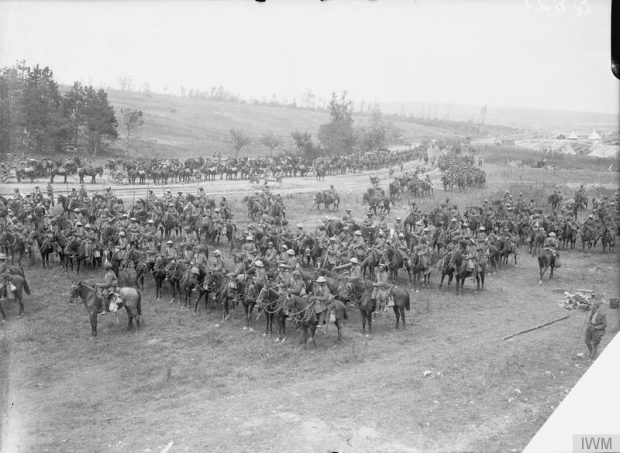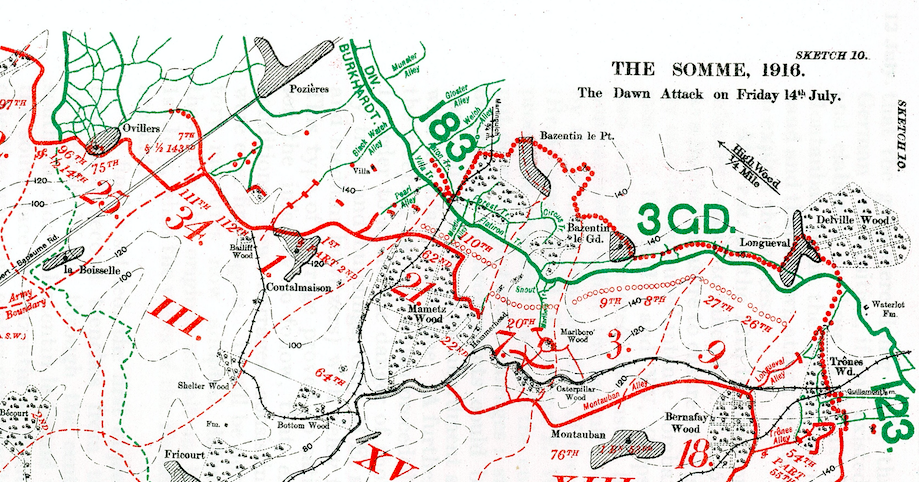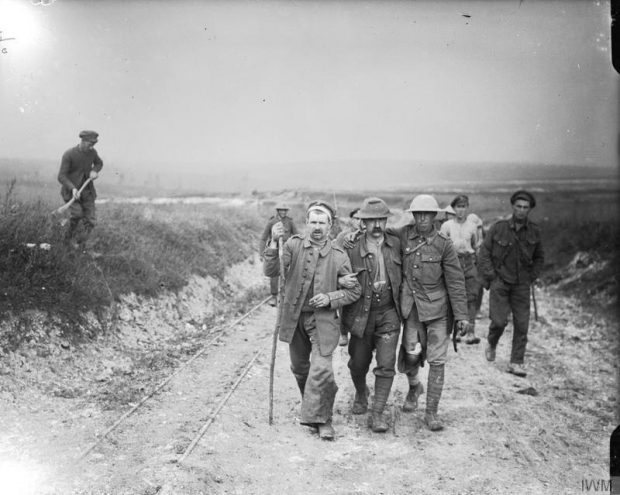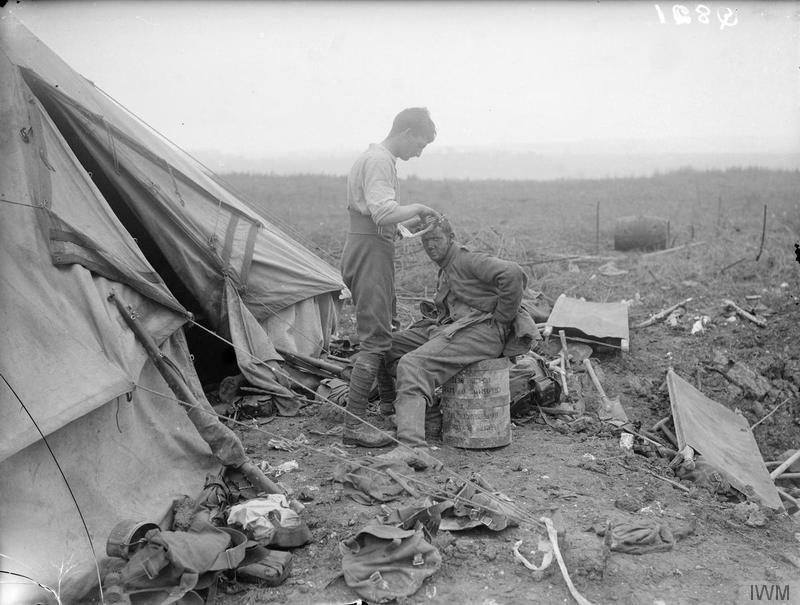
The Battle of the Somme, fought between July and November 1916, was one of the defining events of the First World War. The British Army assumed a major role in what was intended to be the main Allied effort on the Western Front for 1916. With more than one million casualties on all sides during the 141 days of the battle, virtually every community in the UK was affected. Following commemorative events in France, London and Manchester on 1 July 2016, we will be charting key moments of the battle with a series of blog posts, remembering the sacrifice of those who were injured or lost their lives.
Colonel (Retired) Hugh Boscawen, formerly of the Coldstream Guards, tells the story of the second major Allied assault of the Somme offensive - against Bazentin Ridge on 14-17 July.
So far, commemorations have focused on 1 July 1916, when French and British troops attacked German positions in rural France, north of the River Somme. A number of failed attacks on this first day led to an unprecedented loss of life. In the south of the Allied sector, however, British troops made some inroads and captured Montauban, a mile behind the German line. After this first day, the next fortnight saw small-scale and costly piecemeal attacks.
After ordering the first Somme attack, General Sir Douglas Haig, British Commander-in-Chief, agreed plans for a second large assault; five infantry divisions would launch a dawn attack with the aim of breaking the German second defensive line on the Bazentin Ridge. Despite the complexity and confusion that night operations often bring, British troops went on to capture a mile of the ridge over a two-mile frontage - a much more successful result, with fewer casualties, than the first day of the battle.

Emphasis was placed on the element of surprise for the Battle of Bazentin Ridge. The Royal Artillery began targeting German positions three days beforehand and then fired a five-minute ‘hurricane’ bombardment on the forward trenches just before the troops attacked. The barrage was five times heavier and more concentrated than that which preceded the attack on the first day of the Somme, and the shellfire proved devastating. British troops moved up under the cover of darkness and then attacked at 3.25am, on 14 July, while three cavalry divisions were poised to follow on to exploit the success of this initial attack.
British troops quickly reached the German trenches and attackers then spread out in a way that they had not done two weeks earlier. Meanwhile, northern and southern British forces made progress with supporting attacks.
By 7.40am, commanders in Longueval, on the Bazentin Ridge, had gained enough ground to be able to call forward cavalry support but the churned-up ground and confused orders delayed their arrival. However, a Royal Flying Corps aircraft dropped a message to the 7th Dragoon Guards and 20th Deccan Horse, from Britain’s Indian Army, which indicated that there were Germans concealed in corn near Delville Wood. The regiments then charged across the battlefield before attacking the wood with machine guns.
Cavalry losses were estimated at 10 men and 160 horses - but 48 German casualties were inflicted, including the taking of 32 prisoners. Crucially, the cavalry did not reach High Wood, which overlooked and dominated the battlefield.
After the success at Bazentin Ridge, British troops pressed on into Delville Wood, starting a costly struggle which lasted until 3 September. German artillery prevented the troops from holding the ground gained and stalemate ensued. The Battle of Bazentin Ridge demonstrated that co-operation with aircraft and innovative tactics could deliver success, and that the former Secretary of State for War Lord Kitchener’s New Army battalions could master complex operations. Subsequent operations showed, however, that new ideas alone would not guarantee such gains and that good preparation and favourable weather conditions were also needed.

Today, the professional British Army of the 21st Century trains hard as a matter of course and strives to overcome the problems that confronted their forbears on the Somme. They do, however, maintain many of the same values – camaraderie, courage and determination.
Lieutenant Colonel James Lane MBE, Commanding Officer of The Royal Dragoon Guards which are descended from the 7th Dragoon Guards that fought at Bazentin Ridge, said:
Whilst our horses are gone, the Royal Dragoon Guards still carry forward the finest traditions of the 7th Dragoon Guards. The regiment will soon be equipped with the newest horses on the battlefield, the AJAX vehicle. Whilst that which carries us into battle may change, the nature of the trooper in the saddle does not, and the men who rode at Bazentin are an example to all Royal Dragoon Guards today.
Even after one 100 years, the regiment still maintains close links with the Deccan Horse, which took part in the cavalry charge alongside the 7th Dragoon Guards. They remain one of our closest affiliated regiments and we look to further commemorate the 100th anniversary of when we last rode together.
For details of what happened on each of the 141 days of the Battle of the Somme, and to find out where we commemorate Armed Forces personnel who lost their lives, use the Commonwealth War Graves Commission tool at http://www.cwgc.org/the-somme/141-visitors-guide.aspx

